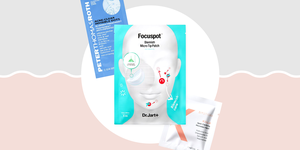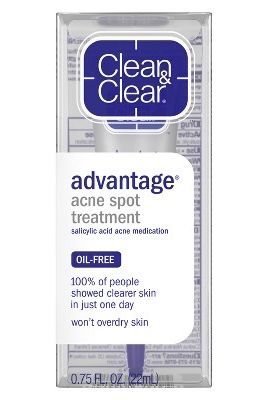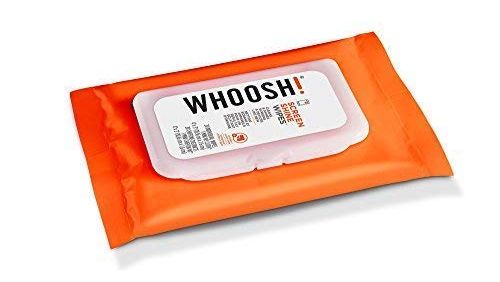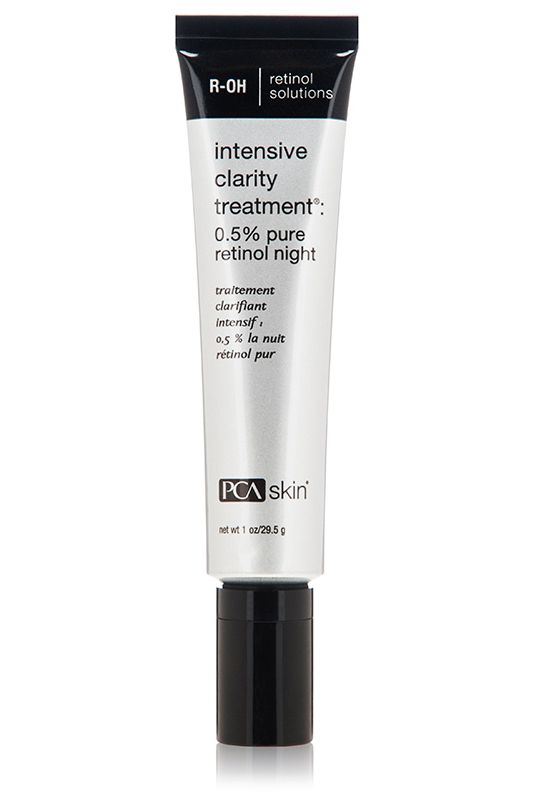Here's Exactly Why That Pimple On Your Chin Never Seems To Go Away
Can you predict the spot of your next pimple as accurately as the date of your next period? If you the answer is yes, there’s probably a reason you keep getting a pimple in the same spot.
Luckily, there are steps you can take to end the vicious cycle of super stubborn, frustrating pimples, says Joshua Zeichner, MD, director of cosmetic and clinical research in dermatology at Mount Sinai Hospital in NYC.
Here’s what you need to know about these tough-to-fight pimples—and how to banish them for good.
1. That pimple might actually be a cyst.
Underground pimples that swell up and never come to a head (these suckers are known as cysts) are notorious for showing up in the same exact spot, says Dr. Zeichner. They develop when your pore, which is shaped like a long tube, branches out and causes oil to take a detour from its path to the surface of your skin.



When this happens, the oil forms a “balloon-like” shape under the skin and inflates and deflates depending on how much oil you’re producing, Dr. Zeichner adds. If you have big groupings of cysts, which can leave behind scars, then your doctor might prescribe a birth control pill, spironolactone, antibiotics, or even Accutane, says Estee Williams, MD, a dermatologist in NYC.
For the occasional cyst, Dr. Williams recommends a topical treatment. “Cleansers can only do so much,” says says. “Acne usually requires leave-on products.” Look for spot treatments that contain glycolic or salicylic acid or benzoyl peroxide, like this one from La Roche-Posay.
2. You’re not popping that whitehead the right way.
If you once squeezed a whitehead until it burst, it’s possible that the entire blockage wasn’t removed—meaning that pimple could become inflamed again, says Dr. Zeichner. The irritation or exposed bacteria could also cause another pimple to form right next to your previous one. “It might appear like it’s the same zit, but it’s not,” says Dr. Zeichner.
It’s easier said than done, but the best thing to do to treat a whitehead is nothing at all. Popping can lead to scarring, unless you leave it to a pro. But if you can’t resist the pop, Dr. Zeichner recommends using a salicylic acid treatment to remove excess oil and prevent your pore from becoming blocked again.
3. Your dirty habits might be to blame.
Have the habit of touching your face when you’re stressed or reading emails at your desk? What about never disinfecting your cell phone? These breakouts are called acne mechanica, acne caused by heat, friction, and pressure against the skin.
Besides keeping your hands off your face, try cleansing your phone weekly or in between long chat sessions, says Deanne Mraz Robinson, MD, assistant clinical professor of dermatology at Yale New Haven Hospital.
4. Period zits are a real thing.
If you swear that your breakout is BFFLs with your period, you’re on to something. “It is due to androgen activation of sebaceous glands,” says Dr. Robinson. “It occurs in the same area as this is the area on our face in which the androgens activate our sebaceous glands.” Meaning your lower cheeks, chin, jawline, and neck are right in the line of fire.
You can deal with the drastic hormonal changes from the inside out. “Many times we use spironolactone, an androgen blocker, with or without birth control to help ease hormonal acne,” says Dr. Robinson.
If you want to go the OTC route, Dr. Robinson recommends a topical retinol. This version from PCA Skin also contains salicylic acid and bakuchiol (a botanical extract), to help fight your breakouts.
Source: Read Full Article



